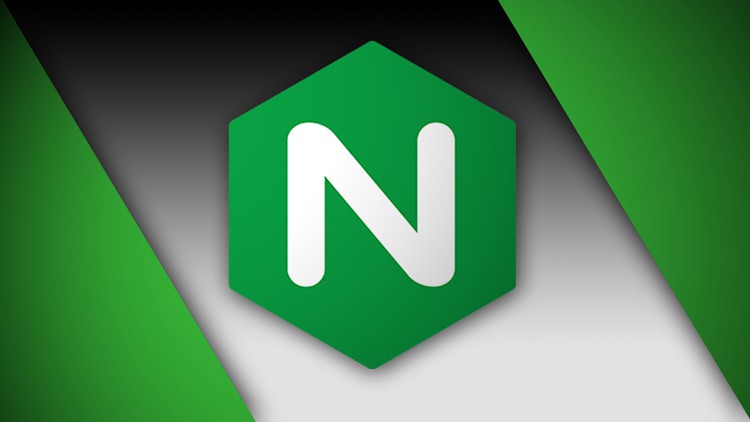
Learn to Install & Configure NGINX on Ubuntu 18.04. Includes MySQL, PHP, PhpMyAdmin, WordPress & SSL Integration.
☑ Understand the key differences between Apache and NGINX
☑ Deploy a Virtual Server on Digital Ocean with Ubuntu 18.04
☑ Attach a Floating IP to a Digital Ocean Virtual Server
☑ Connect to a remote Virtual Server using an SSH Client
☑ Execute basic commands to a server
☑ Install LEMP Stack on a Virtual Server (Linux, NGINX, MySQL, PHP)
☑ Configure Name Servers for a Domain Name
☑ Configure a DNS Zone File
☑ Install a Free Let’s Encrypt SSL Certificate on NGINX using Certbot
☑ Install PhpMyAdmin on NGINX
☑ Secure PhpMyAdmin using Symbolic Links and Authentication Gateways
☑ Install and Configure WordPress on NGINX
Hello and Welcome to our latest new course. We are glad you could join us on this exciting new learning expedition!
In this course, we are going to be exploring one of the most powerful Web Server technologies available. One that has grown in popularity exponentially since its release – Yes, we are talking about NGINX.
Whether you are an experienced web developer or new to the industry, you’ve likely heard of the age-old debate between Apache and NGINX. Which one is better, what should you use? This course offers a great introduction into NGINX. We will be covering several important topics, such as:
- Understanding the difference between Apache & NGINX
- Installing NGINX on a Digital Ocean Droplet or any Virtual Server of your choice.
- Modifying the NGINX Block Configuration file for hosting Websites
- Installing essential components on NGINX such as MySQL, PHP & PhpMyAdmin
- Securing PhpMyAdmin using symbolic links and NGINX’s built in authentication gateway.
- Securing your hosted websites with free SSL using Certbot & Let’s Encrypt
- Installing and Configuring WordPress on your NGINX Server
We will be using Digital Ocean droplets for this course, but you can create a virtual server with any cloud hosting provider of your choice. The configuration steps would be the same, regardless of who you host with. Also, we will be using the latest LTS version of Ubuntu (18.04).
So, if you are ready to dive back into another course and learn a variety of new concepts, hit the sign-up button!
English
Language
Introduction
Apache vs. NGINX
History of Apache
Advantages of NGINX
Virtual Server Basics
Deploying a Droplet on Digital Ocean
Attaching a Floating IP
Connecting to your Virtual Server
Install & Configure LEMP Stack (Linux, NGINX, MySQL, PHP)
Install & Configure NGINX
Install & Configure MySQL on NGINX
Install & Configure PHP on NGINX
Creating a PHP Test File
Domain Names & SSL
Modifying Domain Name Servers
Configuring DNS Zone Files
Updating the NGINX Block File Configuration File
Installing Let’s Encrypt SSL on NGINX
PhpMyAdmin on NGINX
Installing PhpMyAdmin
Securing PhpMyAdmin with Symbolic Links
Securing PhpMyAdmin with Authentication Gateways
Enabling Authentication Gateways on NGINX
WordPress on NGINX
Introduction to WordPress
Creating a Database for WordPress
Installing PHP Extensions for WordPress
NGINX Block File Configuration for WordPress
Downloading WordPress
WordPress Configuration
WordPress Setup